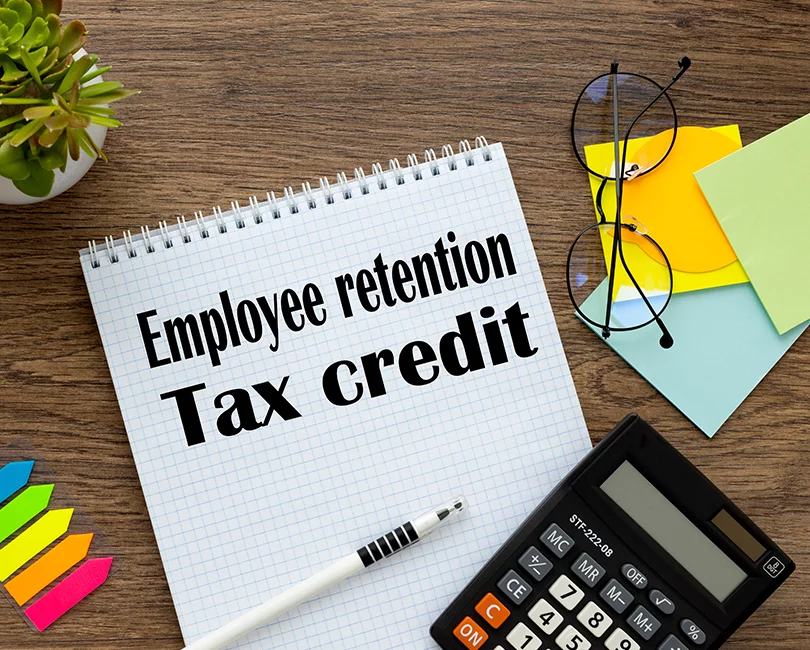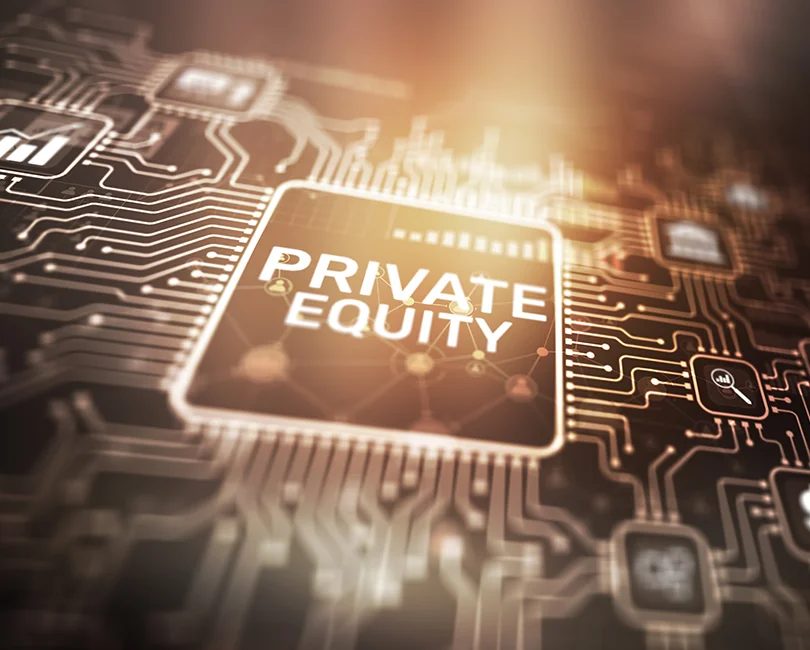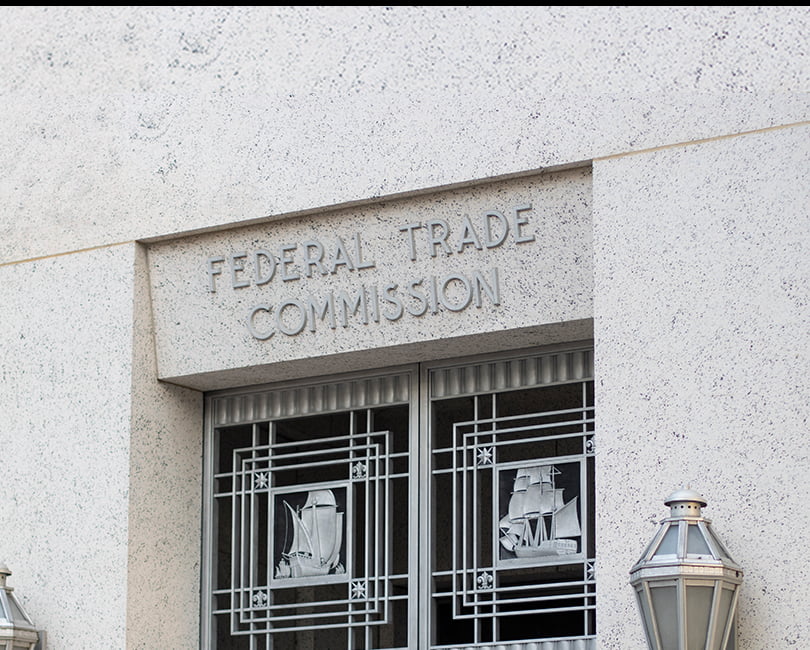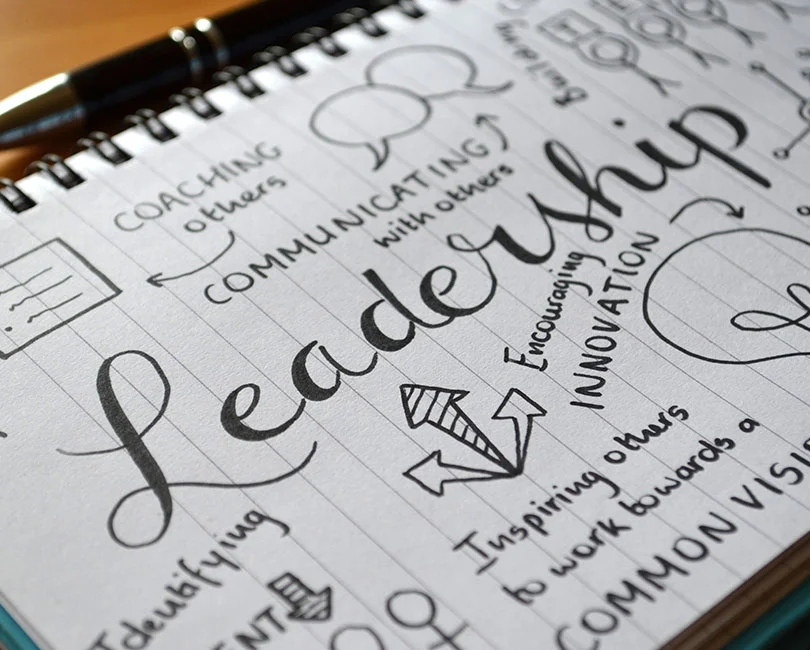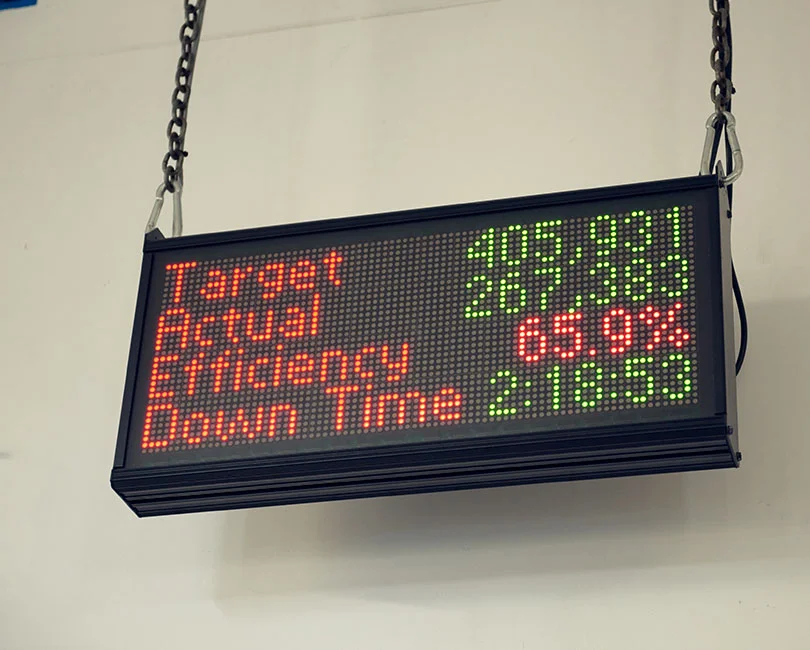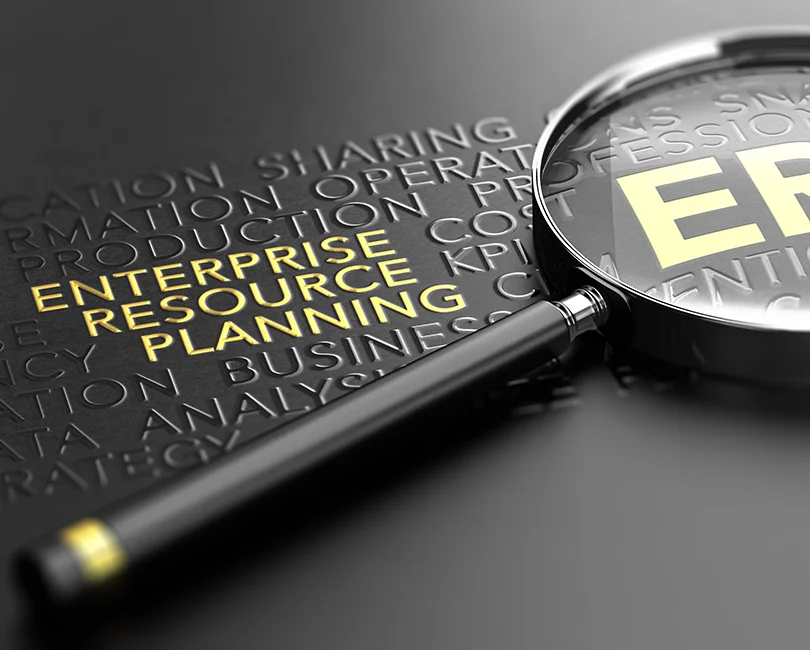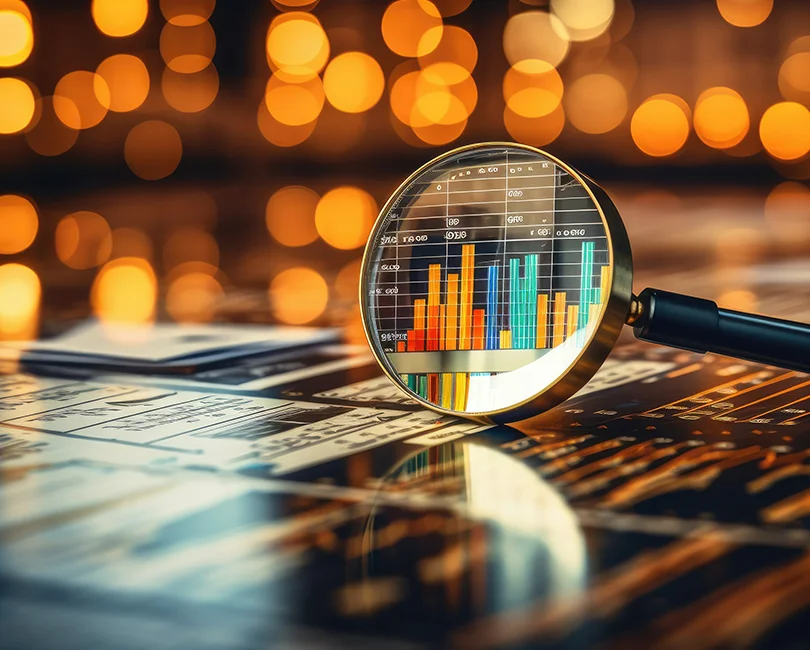Resources | Blog
Blog
Subscribe
Most Popular
5 Key Steps to a Successful M&A Transaction in the AEC Industry
Decoding 5 Myths Holding You Back from Managed Security Services (MSS)
2024 ERTC Options: The Good, the Bad and the Ugly
M&A Deal Structuring: Using the PE Playbook to Your Advantage
The FTC’s New Non-Compete Rule: Implications for M&A and Internal Ownership Transitions

